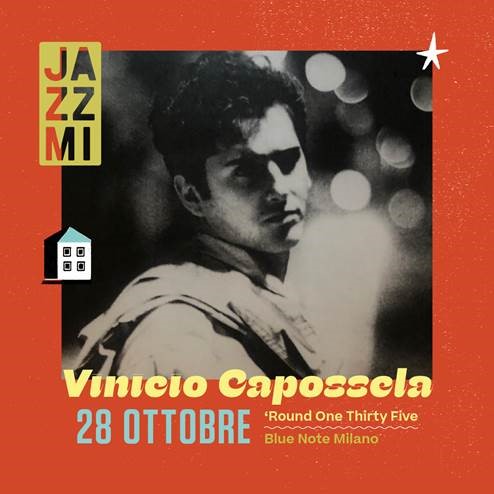Perhaps best likened to an Italian Tom Waits, singer/songwriter Vinicio Capossela channeled influences spanning from two-fisted novelist John Fante to poet and philosopher Samuel Taylor Coleridge to forge an experimental, profoundly literary approach to popular music quite unlike anything else in the contemporary European sphere.
Born in Hannover, Germany, on December 14, 1965, Capossela came of age in the underground clubs of Italy’s Emilia-Romagna region. A protégé of folkie Francisco Guccini, he issued his debut LP, All’una e Trentacinque Circa in 1990, winning wide acclaim for his idiosyncratic melodies and arrangements inspired by tango and gypsy music, as well as lyrics that drew comparisons to writers like Charles Bukowski and Louis-Ferdinand Celine. Modì followed in 1991, and the following year Capossela moved into theater, scoring works for actor Paolo Rossi’s Milan-based troupe, most notably Su la Testa. Subsequent albums, including 1994’s Camera a Sud and 1996’s Il Ballo di San Vito, both refined and expanded Capossela’s approach, and 2000’s Canzoni a Manovella won the Targa Tenco and the PIM, two of the premier honors in Italian music. After several years of touring, which yielded a series of live LPs and videos, Capossela in 2004 published his first novel, Non Si Muore Tutte le Mattine. Two years later he finally returned to the studio for Ovunque Proteggi, recorded with guitar great and longtime Waits sideman Marc Ribot. Subsequent albums like Da Solo (2008), The Story-Faced Man (2010), Rebetiko Gymnastas (2012), and Canzoni Della Cupa (2016) helped further cement Capossela’s reputation as one of the most important Italian songwriters of his generation. ~ Jason Ankeny
i.


